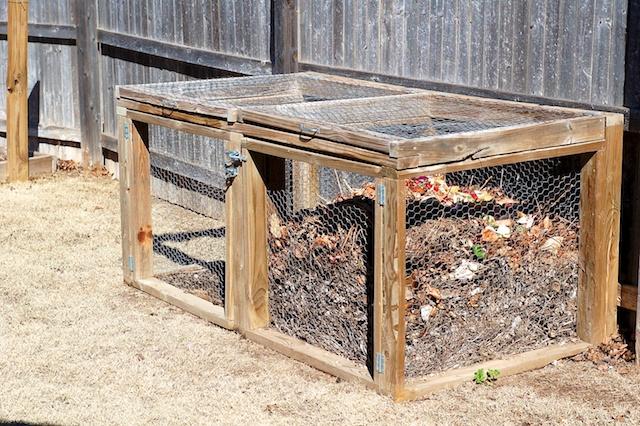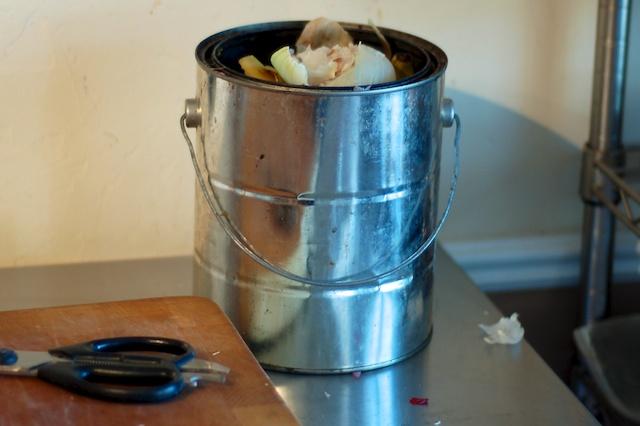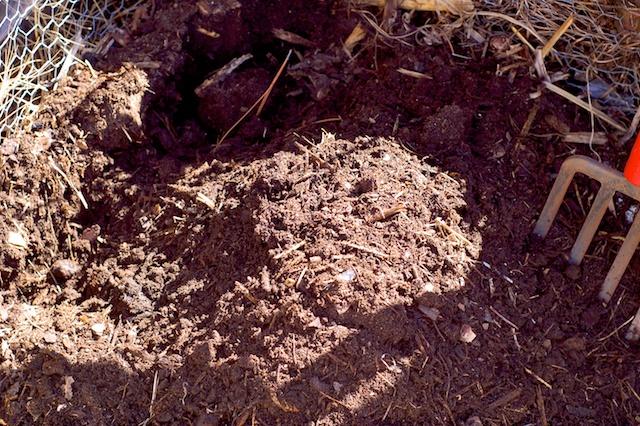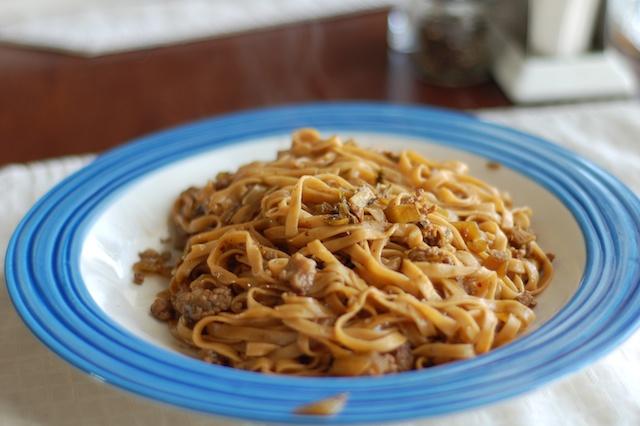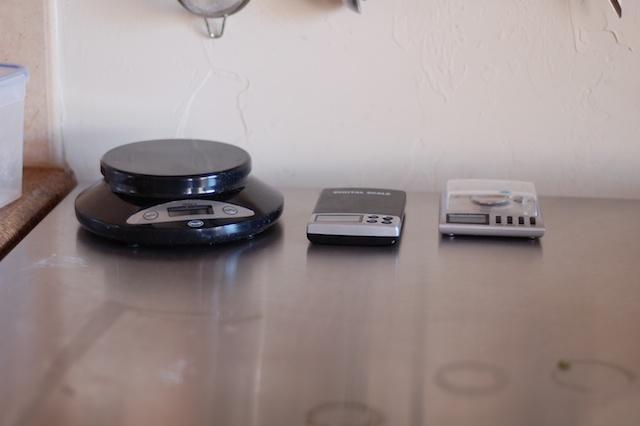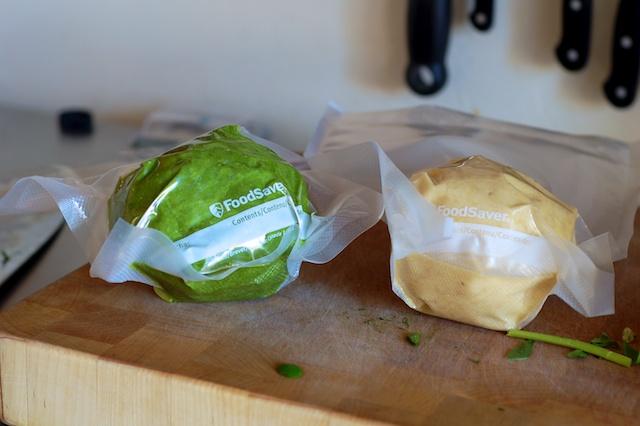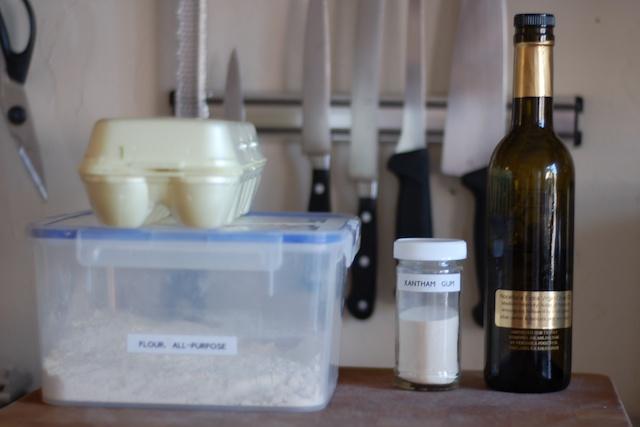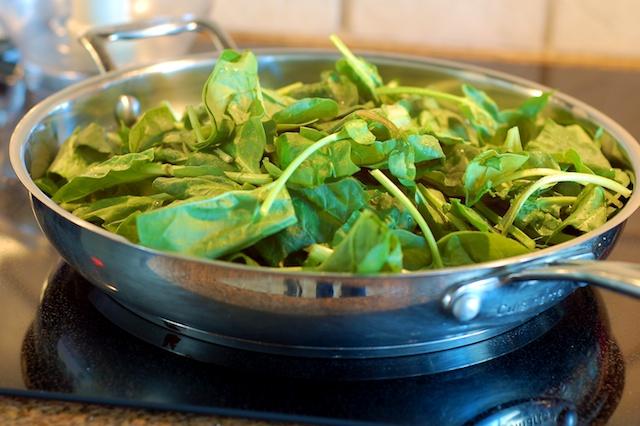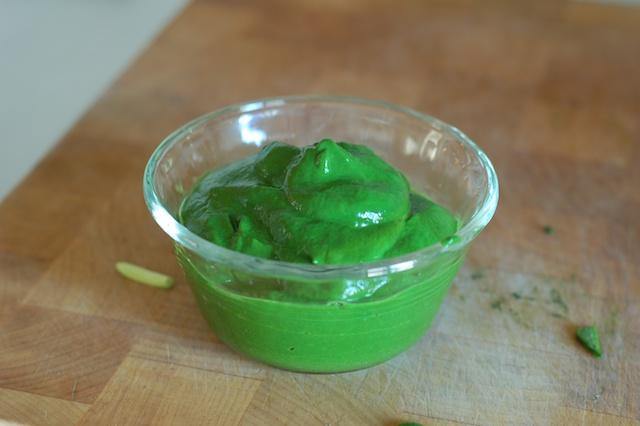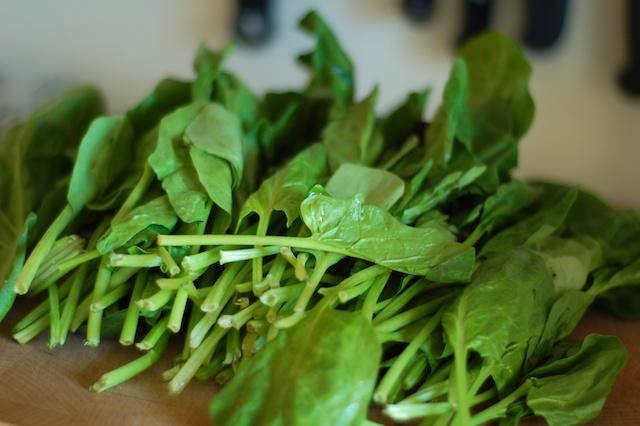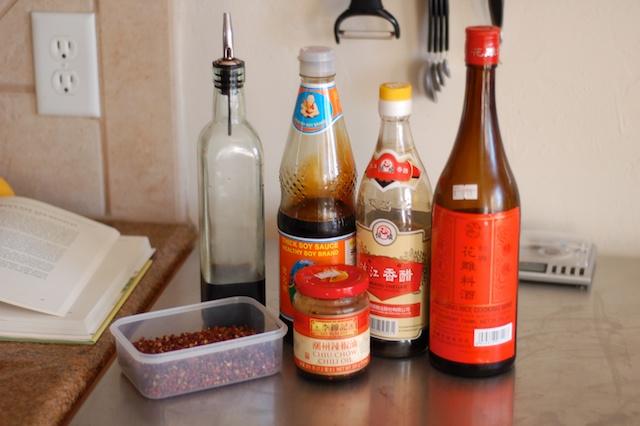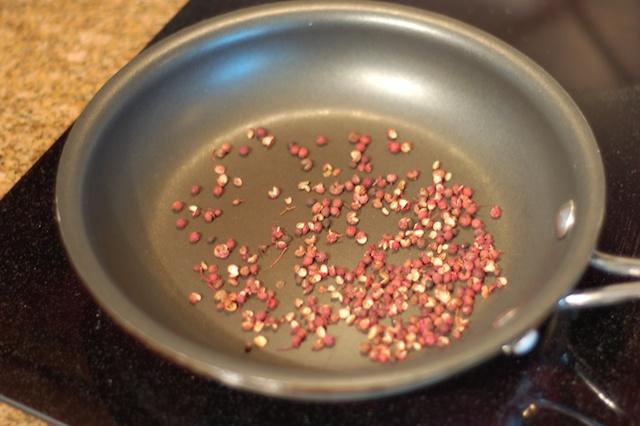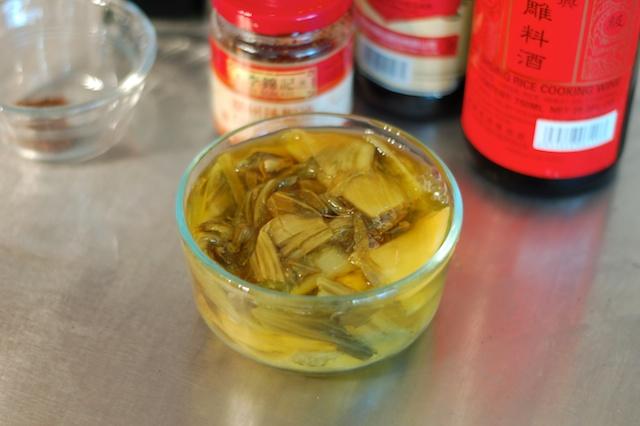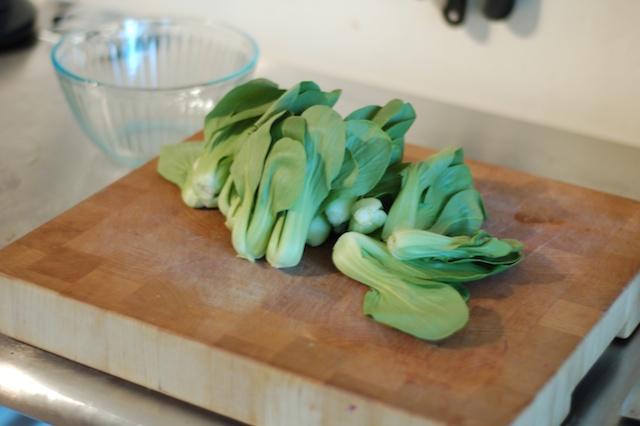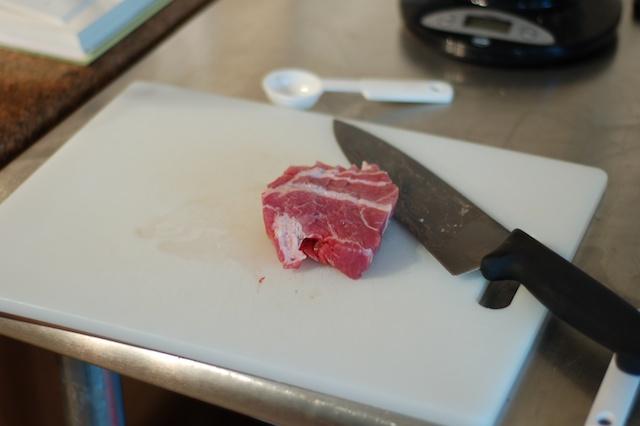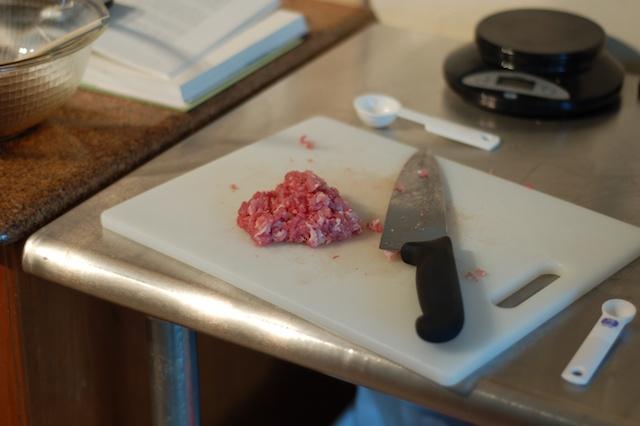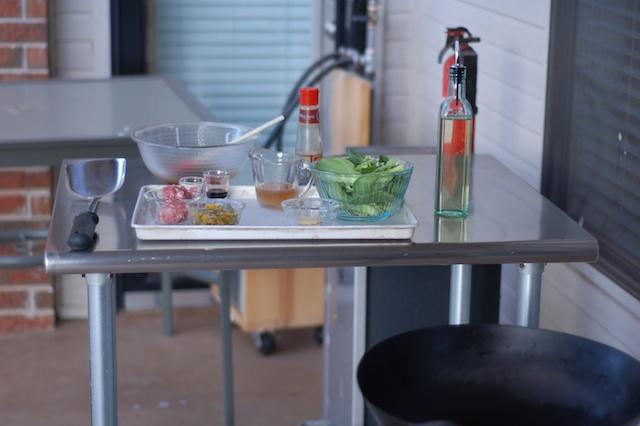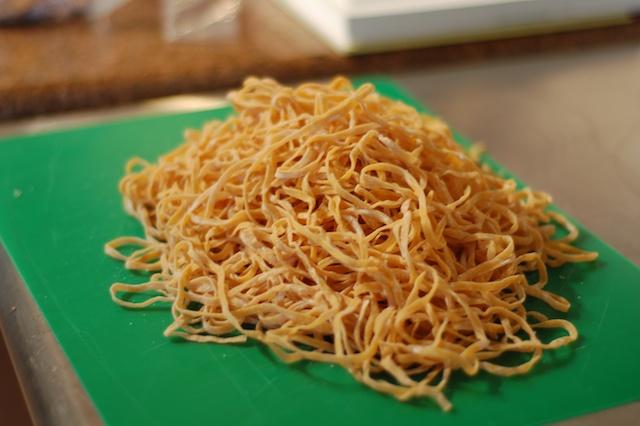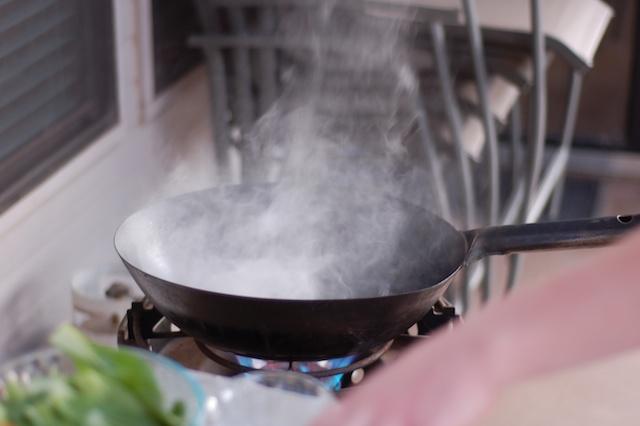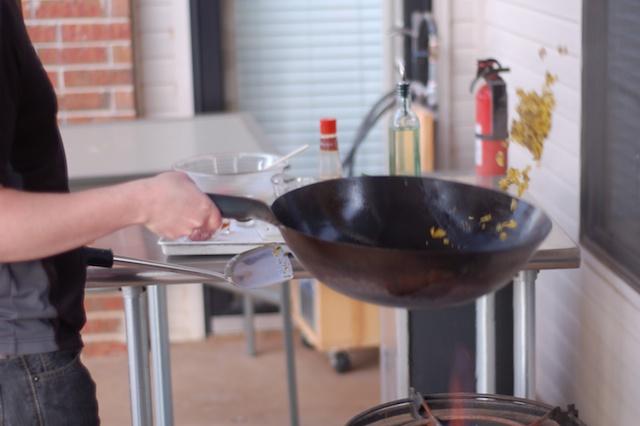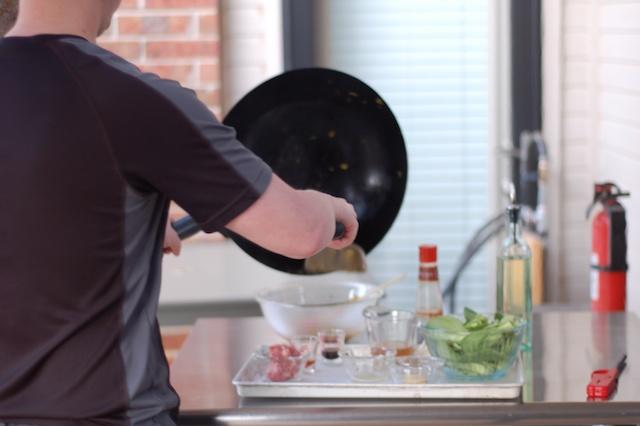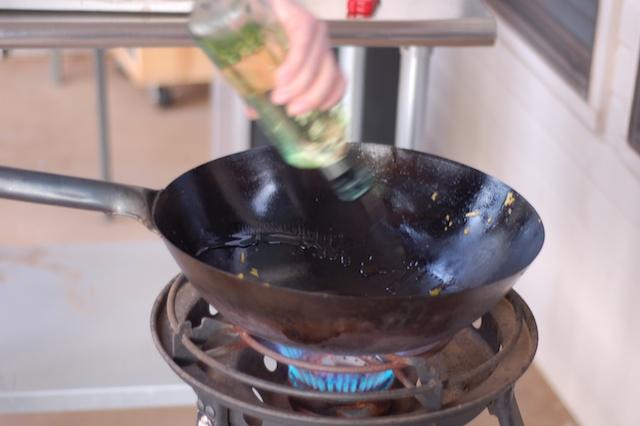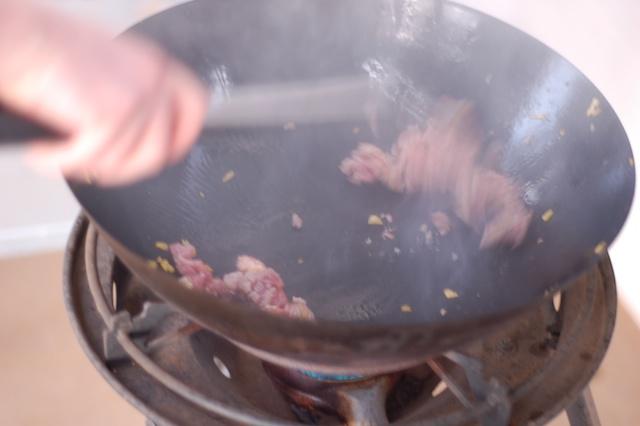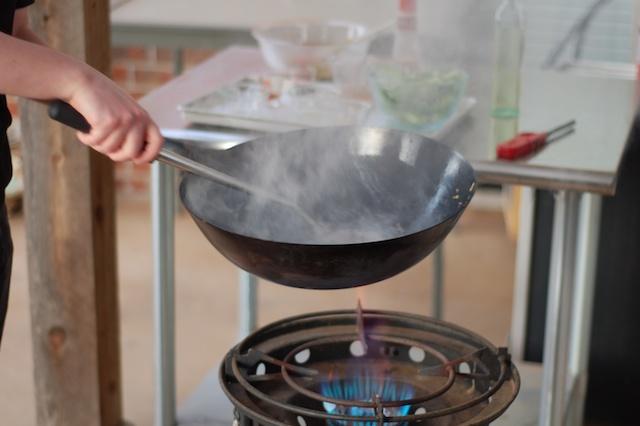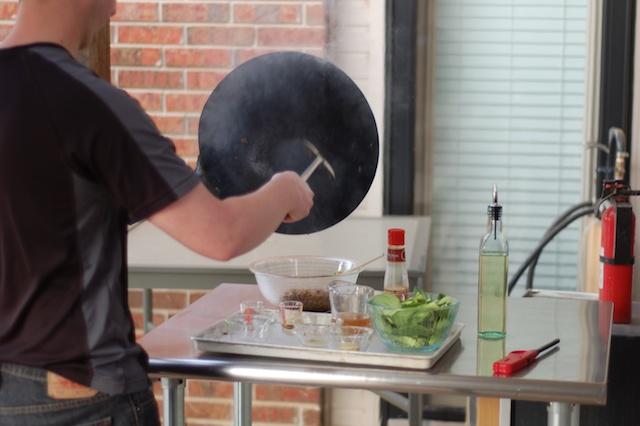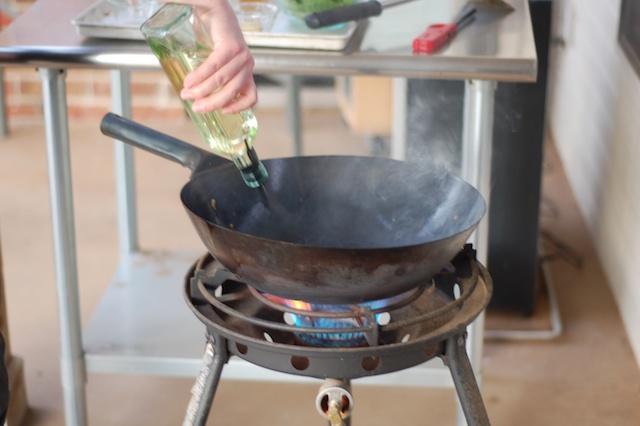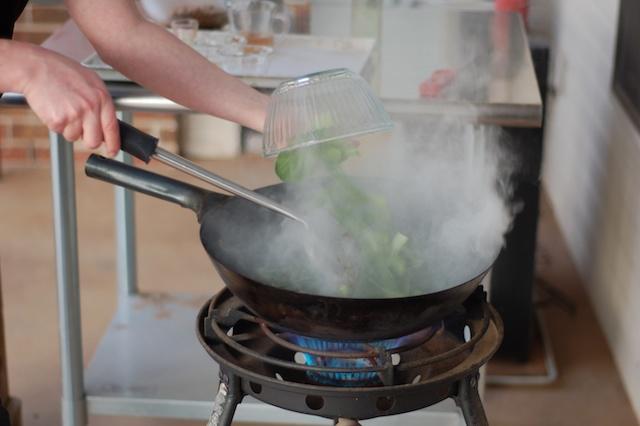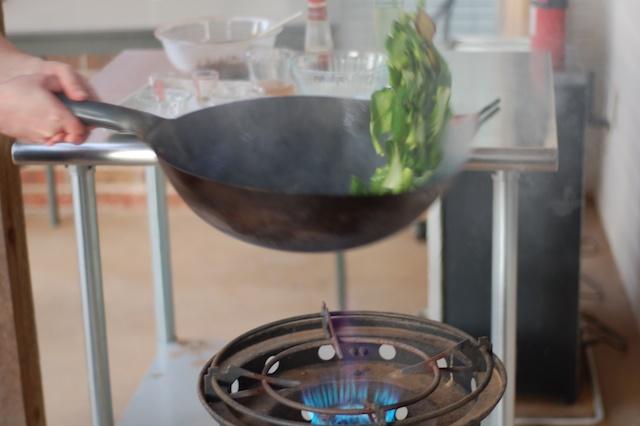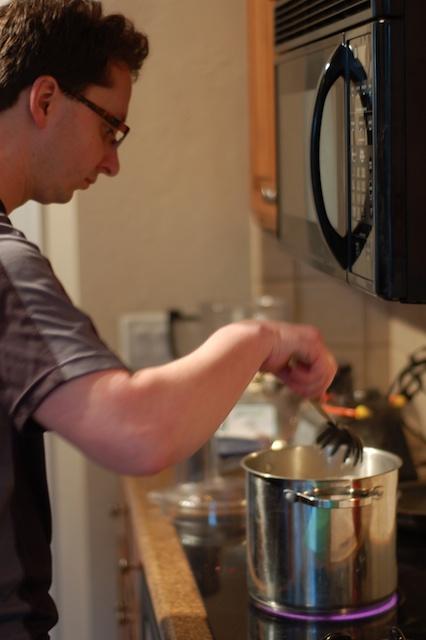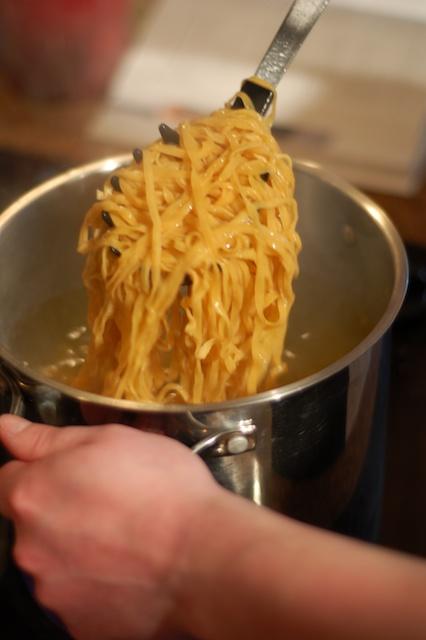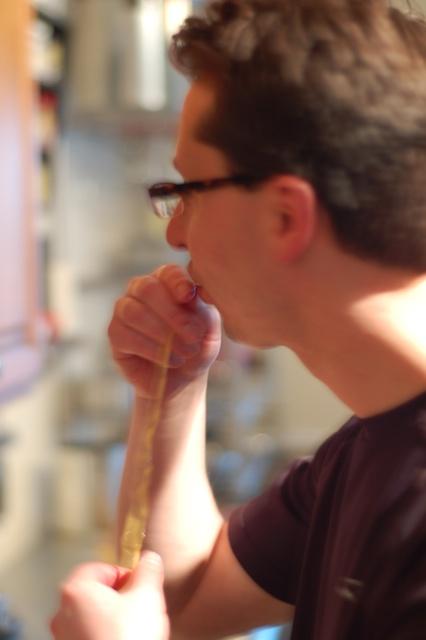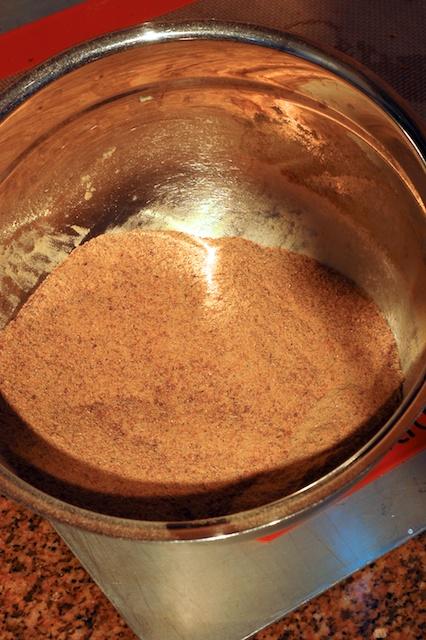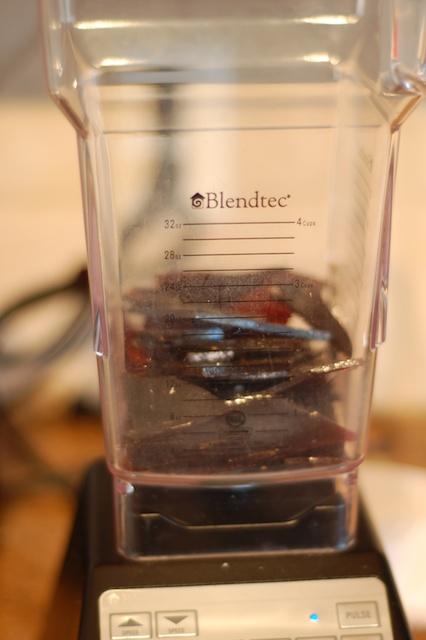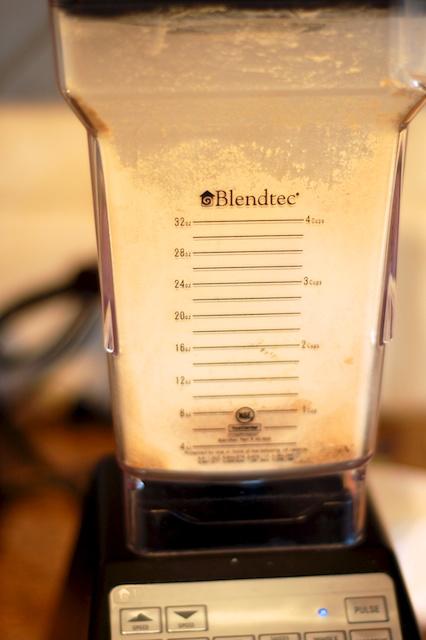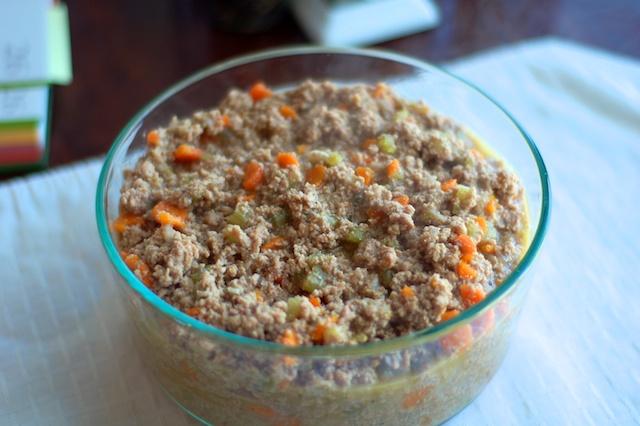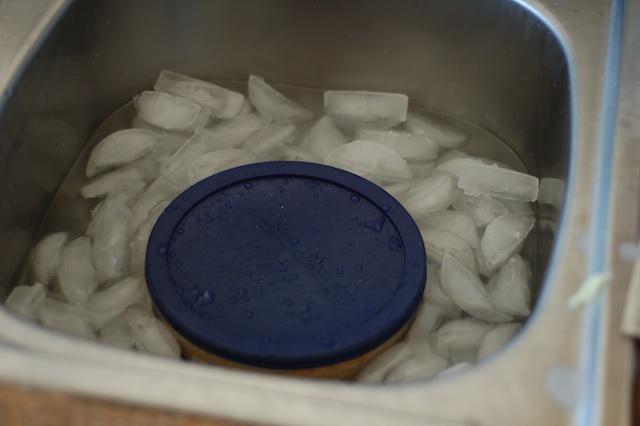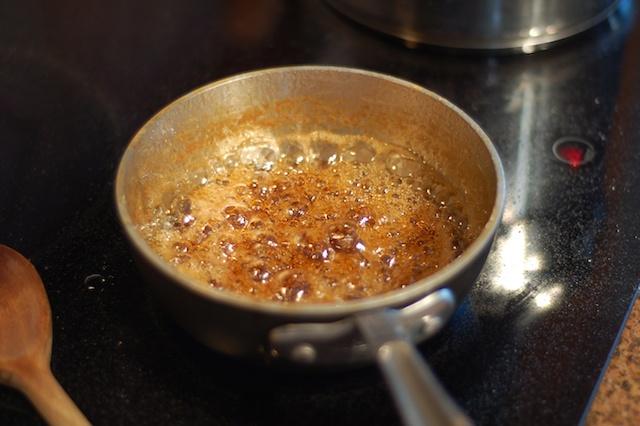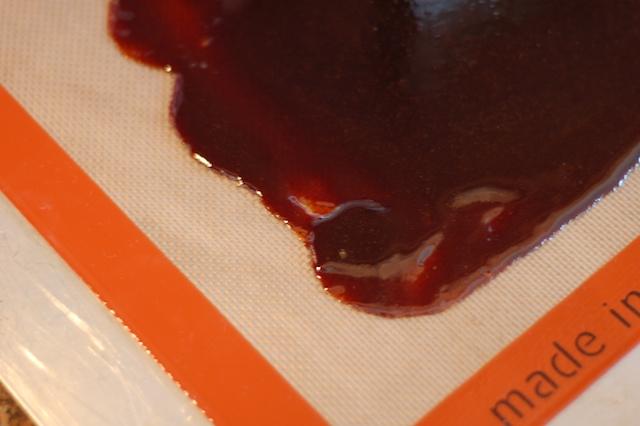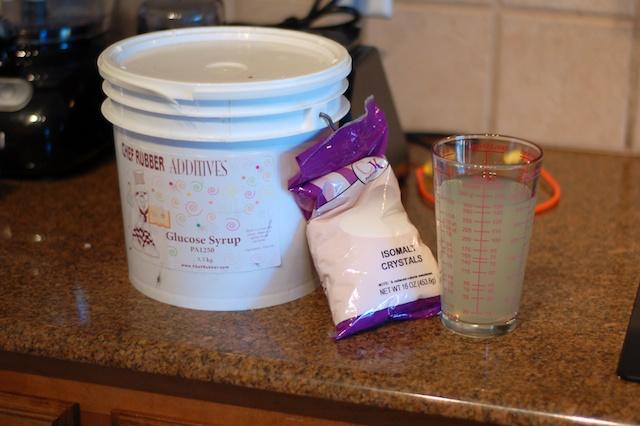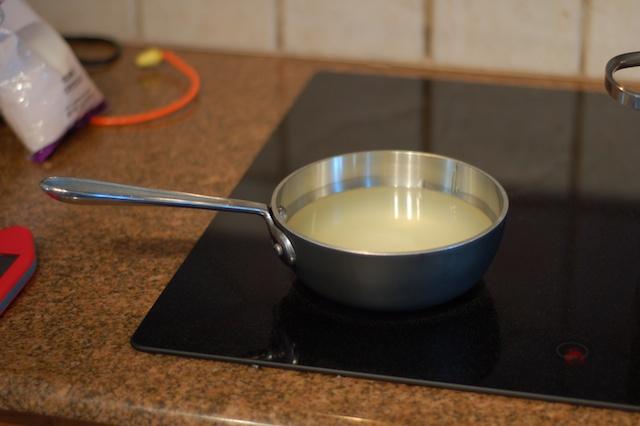-
Posts
10,190 -
Joined
-
Last visited
Content Type
Profiles
Forums
Store
Help Articles
Everything posted by Chris Hennes
-
It's a texturizing agent that the MC team uses to give fresh pasta an al dente bite like you get with dried. It works great for things like fettucini, I thought it would be entertaining to try in lasagne. How do you all knead your pasta dough? This one is quite stiff, I really struggled with it: it was probably under-kneaded in the end here.
-
OK then. I guess we're having tacos for dinner. Despite adding far more water than the recipe calls for, the pasta dough is still too stiff, it just won't roll nicely without tearing. Alas, I am out of flour now, so I can't just redo it and make traditional pasta today, so the lasagne is now on hold until tomorrow. Doh!
-
Yeah, we'll see. I haven't tried the MC recipe in lasagne yet. For those of you who compost, what do you use in your kitchen to hold the scraps? This is my compost bucket, next to my cutting board: I don't like it: it's ugly, and it has a rim that stuff gets caught in. On the plus side, I think it cost $0.99 at the Home Depot. I'd love to replace it with something easier to clean and a little more attractive. Here are my outside bins at the moment: Getting to be about time to turn over that big one.
-
The xanthan is just added to the pasta dough: I stir it into the flour to get it evenly distributed. It's scaled at 1%. Here are my scales: The big scale reads to the gram, the medium one reads in tenth grams, and the little one reads to thousandths of grams. I can't recall the accuracy of any of them, but they've been adequate for most of my purposes.
-
OK, I started in on the pasta for the lasagne. This is based on the recipe for the Herb-Embedded Pasta Veil from Modernist Cuisine: I don't use the same flavorings, but the ratios are the same, with the exception that I always wind up needing more water than the MC recipes call for for pasta. Ingredients: AP flour, egg yolks, xanthan gum, olive oil I'm actually making two kinds of pasta: a plain one and a spinach one. In alternating layers it creates a neat pattern in the lasagna (and is what Bugialli's recipe calls for). So here's some spinach: After being chopped and washed, I saute it until it's softened: Then puree it: This is used as the main liquid component in 2/3 of the pasta dough (the other 1/3 is the yellow pasta and just uses water). The two doughs get kneaded a bit and then packaged up for a few hours' rest in the refrigerator.
-
Good morning. Now featuring the 2007 edition mug (which for some reason I had thought was older than yesterday's, I was trying to go in order!). Today's main cooking project is the assembly of a lasagne al forno for dinner. Although I claim to be using Bugialli's The Fine Art of Italian Cooking for this recipe, I'm actually going to be making the pasta from Modernist Cuisine, and I already made the bolognese. Those of you who are used to the tomato-sauce-based lasagnes more typically served here in the States will get to see something different: the only tomato in this dish is the tomato paste in the bolognese. For this lasagne, there are many thin layers alternating between the bolognese, a balsamella (bechamel), and a mozzarella/Parmigiano blend.
-
Sort of: see if you can track down a copy of Modernist Cuisine, they have a fantastic cutaway shot of a wok mid-toss, demonstrating all the various zones of cooking, one of which is steaming that occurs in the column of tossed food. Chile oil, regular soy sauce, dark soy sauce, rice wine, chinkiang vinegar. I think that's it They are sold as "fresh," but are perhaps not as terribly fresh as I might like. Plus I bought them Saturday and didn't use them until today. The one I tested in that shot was still a touch firm, I cooked them for a bit longer than the package stated.
-
Yes, it's a fire extinguisher. When you're cooking something fatty and give it a good toss the flames leap up pretty high: better safe than sorry. I'm not holding the wok off the flame to regulate the heat, per se, I'm just continuously tossing the food. At the downsweep of the toss the wok gets pretty close to the stand.
-
OK, dinner tonight is Dan Dan noodles from Fuchsia Dunlop's Land of Plenty and Stir-Fried Bok Choy from Grace Young's The Breath of a Wok. As those of you who stir-fry know, the single most critical element to doing a stir-fry is to make sure you have a top-notch mise en place: once the fire is on, you don't have time to do anything: absolutely everything that needs to be measured out must already be out. All prep done, and everything organized in a way that you can easily follow. You also have to memorize the order stuff gets cooked in: you don't have time to study the recipe while things are cooking. So, I start by gathering all my ingredients: This recipe has my absolute favorite spice in in, Sichuan peppercorns. To use them you always should toast them first. While toasting, I pick through them and try to remove as many of the little black nubs as I can from the interiors of the husks: contrary to what you might think, the husks have the bulk of the flavor, and the nubs contribute a gritty texture, so I like to try to remove them. In the above mise I had forgotten the pickled mustard greens: these are house-made at the Super Cao Nguyen supermarket I go to, and they are fantastic. I might have been a bit generous with the quantity used here... Here's the baby bok choy: The dan dan noodles have a ground pork in them, so here's the pork butt: No way am I getting my grinder dirty for four ounces of ground pork, so I just chopped it: Here is the final mise en place next to my wok station: Here are the noodles waiting by the stove (they are the last thing cooked): Obvious first step: get the wok screaming hot In with the mustard greens: And out with the mustard greens: More oil: Pork: The technique I use most often when stir-frying is to hold the wok with my left hand and a long spatula with my right: as I toss the contents of the wok over the flame I work it back and forth in the wok with the spatula. The wok is very rarely actually sitting on the wok burner, I'm usually holding it when there is actually food in it. To the pork you add a tiny bit of rice wine and a tiny bit of soy, toss it a bit, and then you're done: More oil: Bok choy: And that's it for the stir-frying. Total elapsed time from the first photo to the last: 2 minutes 36 seconds. Now inside to the noodles: Finished dinner: (Thanks to my wife for all the action shots, obviously I wasn't holding the camera at the time!)
-
Now, slkinsey's point about needing flat cookware is an important one, too. I do a ton of stovetop cooking in my dutch oven, which of course is very flat. I also use an All-Clad saute pan: again, very flat bottom. So if, like him, your cookware is more esoteric, I could see the smoothtop being a problem.
-
No argument here about the importance of the garnish to the dish overall: it's going to be there. But the sugar itself is a small component of that garnish, and if the garnish itself isn't flawless, it's not the end of the world. If I screw up the gruyere custard I'd have to toss it and start again. A small mistake in the garnish, however, is something I can tolerate on my first run through the dish.
-
Exactly. I also appreciate that I can use it as added counter space when necessary, though that's a pretty minor, secondary consideration. I have never found that this unit lacked enough power to get a pan as hot as I wanted, but then again, you and I have very different cooking styles, I think. My ventilation hood couldn't keep up if this stove cranked out any more heat when I am searing things, I smoke up the house pretty well as it is, so I have taken to doing that sort of cooking on the patio: better ventilation (and 65k BTUs, but the only time I have it cranked all the way up is for stir-fries). But obviously I have the luxury of having a patio, wok burner, and fabulous weather, and lack the luxury of decent interior ventilation.
-
It is a straightforward electric smoothtop, and I wouldn't give it up for a gas range if you paid me (well, OK, if you offered enough I might... ). I have cooked on plenty of home gas ranges and am simply not a fan: all this yammering about "responsiveness." Whatever. If I need the heat to go down fast I move the pot off the burner. The electric elements have plenty of power for normal home cooking, and I have a wok burner on the back patio when I need more juice. Ease of cleanup is unparalleled.
-
OK, thanks guys, I'll keep plowing ahead. Onto the finish of the bolognese: I cooked it until it was relatively dry, then added a bit of nutmeg, a great deal of black pepper, and some salt. I think that the in-freezer icemaker is among the least-credited and most important home food safety inventions, providing a large volume of ice to quickly and easily chill even relatively large batches of stuff. I love my icemaker.
-
I don't know if I've achieved a success here or not... These are the ingredients for the onion sugar: MC doesn't say specifically how to cook them, just that you are supposed to cook them at 340°F until light golden. Of course, it starts out pretty close to light golden because of the onion juice, so I assumed that they wanted you to cook it to 340°F, which for a normal sugar syrup would be a light to medium caramel. Alas, by the time mine reached 340°F, it was well past "light golden brown": I suspect I was cooking at too low a temperature and the onion solids cooked too much before the sugars reached the correct temperature. I haven't decided yet whether to start over, or to just use this as-is. It tastes OK, mostly like well-caramelized onions, but it does have that slightly bitter note you get when you take your onions just a touch too far. If it were being used raw I'd leave it alone (I don't mind the slight bitterness, I don't care for sweet food anyway), but it's used as a puff-pastry topping, where it will be baked for about ten minutes. What do you guys think? Keep it, or start over?



